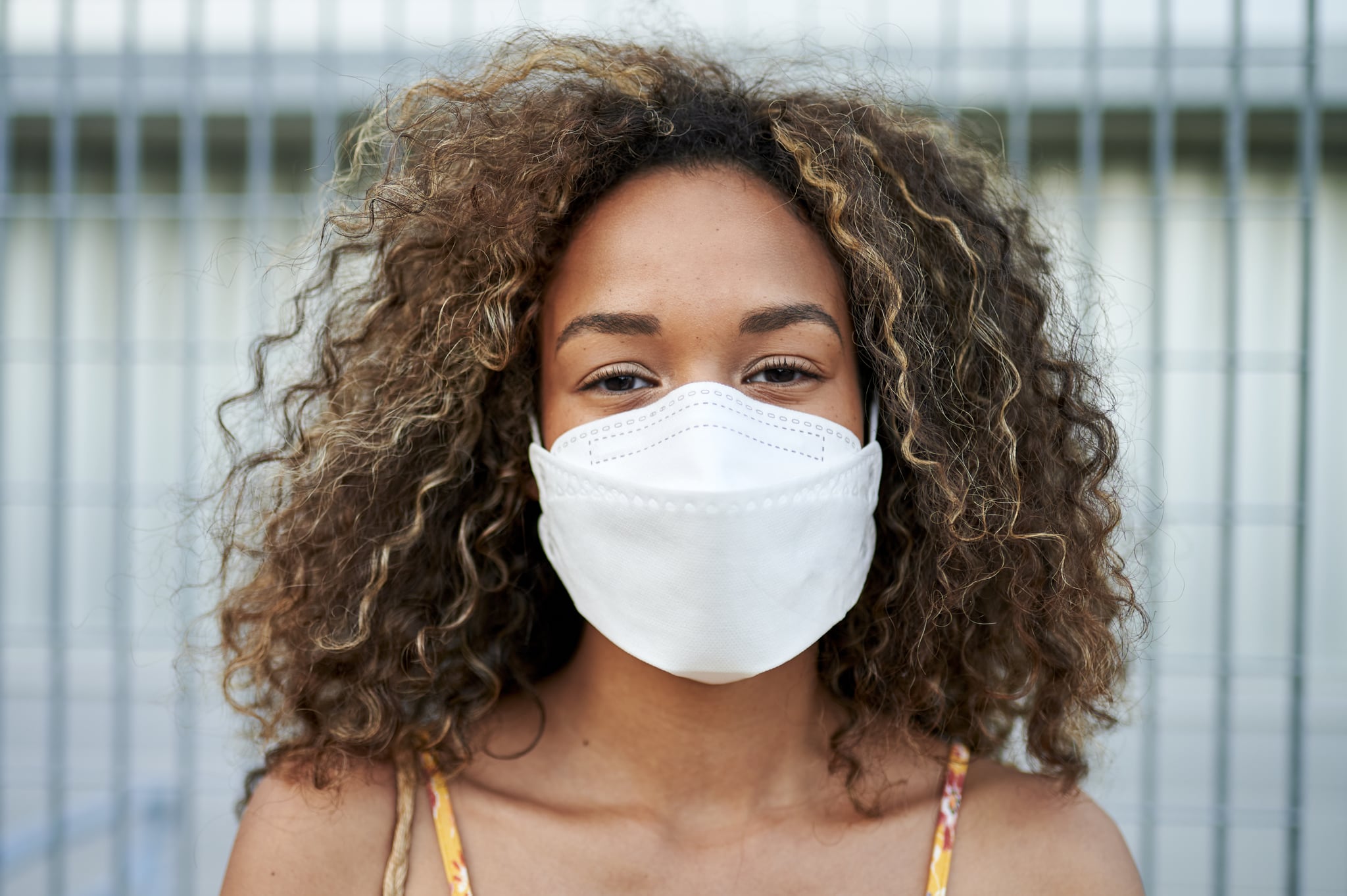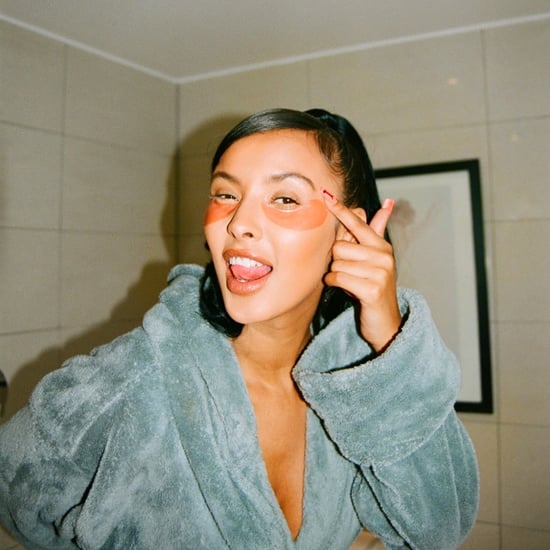Why Your Eyes Feel Dry After Wearing a Face Mask
Wearing a Face Mask Could Be Irritating Your Eyes, but These Expert Tips Can Help

It goes without saying that wearing a face mask is the simplest step we can take to help reduce the spread of the novel coronavirus (COVID-19). When I first began experiencing breakouts and foggy glasses from wearing a mask, I thought that would be the only downside. But according to Shanika Esparaz, MD, a board-certified ophthalmologist in Ohio, dry eye can be another side effect of wearing a (poorly fitted) mask.
"Mask-associated dry eye (MADE) is a new phenomenon we are noticing since the start of the COVID-19 pandemic," Dr. Esparaz told POPSUGAR. Dry eye can trigger the eyes to produce an excessive amount of tears to combat the discomfort. This can cause the eyes to feel itchy, sandy, and scratchy; you may even notice that your eyes look red or become light sensitive. There are a number of risk factors that can exacerbate dry eye, including too much screen time, wind, or dust, as well as eye surgeries and some underlying conditions.
MADE typically stems from poorly fitted face coverings, whether they're too loose or too tight. "Just like your breath can fog up your glasses, loose masks allow your breath to escape along your nasal bridge and vent up into your eyes, causing your tear film to dry out," Dr. Esparaz explained. Meanwhile, masks that fit too snugly can keep your eyes from blinking properly. "Your eyelids hold your tears and blinking restores your tear film. If you're unable to blink normally, your tears will evaporate faster than normal," she said.
As masks continue to be part of daily life for the foreseeable future, prevention is key — and fortunately, Dr. Esparaz said there are some simple things you can do to make mask wearing more comfortable. To soothe your eyes:
- Make sure your mask fits properly. Masks that can be sealed around the nasal bridge (with a nose wire, for example) are best. Adjustable ear loops may also help improve the fit below your eyes.
- Place medical tape on the bridge of your nose to keep your breath from escaping into your eyes. (In order to prevent impaired blinking, Dr. Esparaz recommends securing the tape to your cheek rather than your lower eyelids.)
- Apply artificial tears or over-the-counter drops to your eyes before putting on your mask and throughout the day in order to keep them lubricated.
- Wear eye goggles, if you like, to help keep moisture in longer.
- Take frequent breaks from your devices to lessen digital eye strain.
Anyone can suffer from dry eye, and MADE is very treatable — but in order to prevent future complications, such as corneal abrasions or a corneal ulcer, it's best to speak with your eye doctor if you're experiencing symptoms.



